SaaB AB
Commitment to trustworthy software innovation
Saab is a global market player whose world-leading products, services and solutions boost security, from military defence to civil security with the aim of keeping people and society safe. With operations on every continent, Saab continuously develops, adapts and improves new technology to meet customers’ changing needs. With around 17,000 employees, Saab’s annual revenues amount to around 3 billion euros, of which about 23% is reinvested in research and development.
Stefan Andersson, an Applied Mathematics postgrad, joined Saab thirty years ago where he is now programme manager for the study and concept definition of Saab’s next aircraft systems. He is former chair of the Swedish non-profit organisation Swedsoft, which promotes Swedish software education, software research and software innovation, and very recently he signed the agreement whereby Saab became a member of the ITEA Board, confirming the intention to “contribute with research needs and industrial use-cases related to large-scale development of trustworthy software-intensive systems.”
Change and growth
Stefan gives a brief history of this prominent Swedish company that was founded in 1937 to help provide the resources to protect Swedish air space during the turbulence leading up to the Second World War. It still has that aerospace focus, but has grown into many other product areas over the past eighty years. During the last few decades Saab has acquired most parts of the Swedish defence industry: Celsius in 2000, Ericsson Microwave Systems in 2006 and Kockums in 2014. “We also acquired foreign companies such as Grintek, Sensis Corporation and HITT in order to grow globally and strengthen our product portfolio,” Stefan adds. Today Saab has six business areas or product lines: Aeronautics, Dynamics, Surveillance, Industrial Products & Services (including ATM, Avionics, Aerostructures and Combitech), Kockums, and Support & Services.
Core enabler
What has become evident, certainly over the past decade and heading into the future, is that software innovation has become the “core enabler for all our products,” Stefan says, “it realises smart interacting systems and the possibility of continuous upgrades. For us, software and computing platform technologies are central since they enable the design of increasingly complex, dynamic and interconnected systems with more and more features. However, aspects such as security, safety and flexibility are often neglected or underestimated. In the aerospace and defence industry we have realised that we need to exploit the emerging technologies in order to become better and more cost-effective in developing future systems, but within the constraints of existing industry standards and practices. There is a need for technologies, methods and tools that improve our ability to design and sustain large-scale, complex, smart and evolving systems cost-effectively – with shorter lead times – while at the same time ensure, and prove to the authorities of course, system characteristics such as reliability, security and safety.”
The future is filled with complexity and risks but through collaborating in projects we can win the race.
Driver for new technologies
In this respect, although Saab commits significant funds and effort to research and development, it cannot do everything alone. To be and remain competitive on the global stage, publicly-funded research projects play a key role, “also in the understanding and use of new technologies, methods and tools as well as provide a driver for standardisation and Open Source that serve as a vital complement to Saab’s own in-house development of processes, methods and tools,” says Stefan. Looking at the membership of the ITEA Board, this is a welcome development for both parties. Stefan explains: “ITEA is very much geared to projects where the impact of applied research is the real target. At Saab our applied research addresses real needs and contributes to our efficiency and competitiveness. We view the application and execution of projects in terms of a pragmatic and simple process: the focus is on industrial impact rather than project reports. We are keen on international cross-domain research collaborations with industrial application players and tool vendors as well as with research institutes and universities – ITEA provides an excellent platform for engaging in such collaboration.” With one of the key research areas for Saab being Software Intensive Systems, which is the main enabler for the digitalisation of Saab’s products and product development environment, publicly-funded research projects can offer better methodology and tools to enabling more optimised products at lower cost. “Such projects allow us to establish new or contribute to existing open-source projects and standards enabling, for example, better tools and to share costs across multiple industry domains. Furthermore, the development of human capital and research in these projects complements our own in-house as well as national research programmes.”
At home and abroad
Research collaboration on both a national and international scale takes on a special significance for Saab, and this is evident in the strategic partnership it has with various Swedish funding programmes. Stefan: "We have strategic partnerships with all the main universities in Sweden and we are active in national programmes such as WASP (Wallenberg AI, Autonomous Systems and Software Programme) and NFFP (National Aerospace Research Programme) and other projects funded by the Swedish Innovation Agency (Vinnova), the Swedish Foundation for Strategic Research (SSF) and Knowledge Foundation (KK-stiftelsen).” In addition to ITEA 3, where Saab is leader of OPENCPS, a project that focuses on interoperability between the standards Modelica/UML/FMI, improved execution speed of (co-)simulation and certified code generation, the company is actively involved in several other European programmes and projects.”
The race between opportunities and threats
“As software intensive solutions increasingly pervade applications, we will struggle with system complexities and connecting these systems. So we need to ensure that through initiatives like the ITEA OPENCPS project, we can learn from and implement innovations in areas like AI and machine learning, and win the race in the cyber environment between opportunities and threats. Edge computing, cyber security … I could go on. In a nutshell, the future is filled with complexity and risks but through collaborating in projects with industrial and research partners, both at home and abroad, I believe that we can create the conditions for opportunities to win the race.”
More information
https://saabgroup.com/

Other chapters
Use the arrows to view more chapters
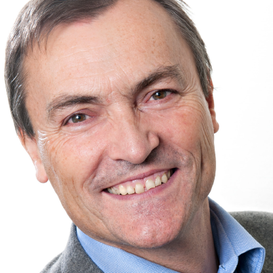
Editorial
By Philippe Letellier

Country focus: Sweden
An innovation force in a sustainable world!
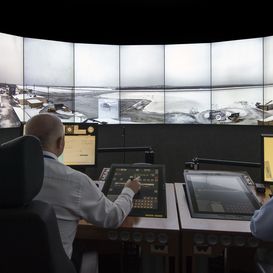
Country focus: Sweden - Saab AB
Commitment to trustworthy software innovation
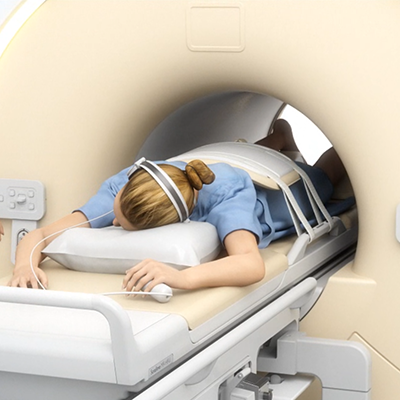
SoRTS Success story
A system of real-time systems for more effective healthcare

SotA BaaS
Semantic technologies and very traditional industry as Building
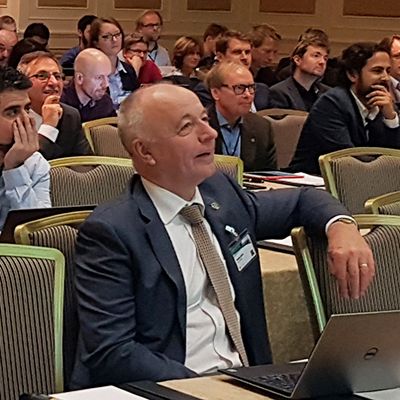
Community Talk with Fopke Klok
The Klok is ticking ... on life at ITEA ... and beyond

End user happiness FUSE-IT
Security of Smart Buildings: saving energy and lives!

Metaverse1 Success Story
The missing link between the real and the virtual
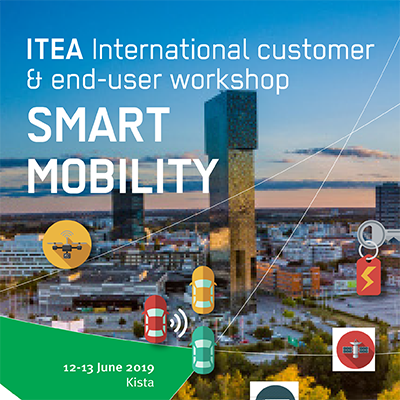
Customer workshop Smart Mobility
Help solve the challenges resulting from this ITEA customer workshop

SME spotlight IKANGAI
Your partner for mobile customer engagement

ITEA 3 Call 5 projects
Happiness, openness and trust

